Vulnerability Assessment research in Dong Thap 2009
Extensive qualitative research has been conducted in the two case study communes of Phu Hiep and An Hoa (both in Tam Nong district) of Dong Thap province,. The methods applied included in-depth interviews with farmers and other participatory rural appraisal (PRA)-methods like, for instance, transect walks, wealth ranking and the development of timelines, Venn-diagrams and seasonal calendars (c.f. figures 1, 2 and 3). Moreover, expert interviews and focus group discussions with decision makers from official planning and flood management institutions, like for instance, the local Committee for Flood and Storm Control (CSFC) have been conducted.
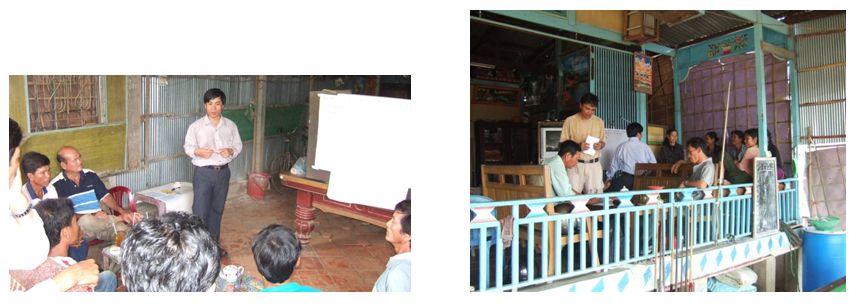
Figure 1: conduction of focus group discussion in Dong Thap (source: Vo Van Tuan).
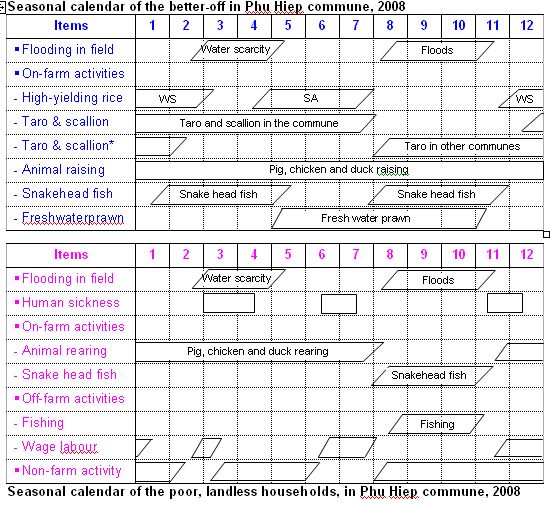
Figure 2: seasonal calendar of farmers in Phu Hiep commune (source: Vo Van Tuan).
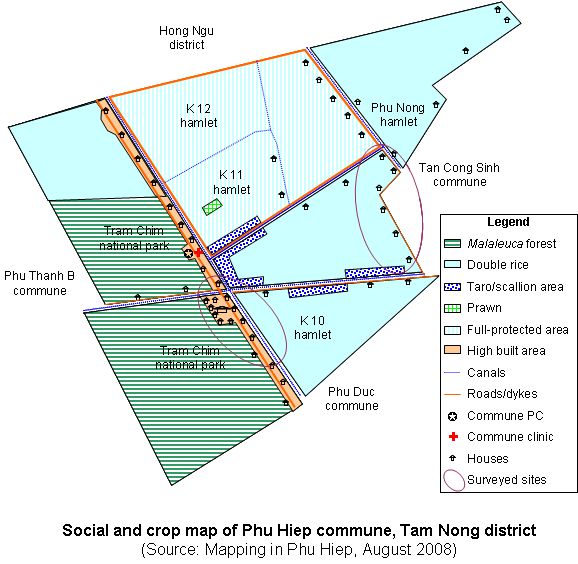
Figure 3: mapping of Phu Hiep commune (source: Vo Van Tuan).
Policy changes and related structural changes turned out to be of utmost importance for the vulnerability of households living in the two case study communes. Table 1 summarises the structural changes in Phu Hiep commune over the last 20 years and illustrates major livelihood changes resulting thereof. Changes in livelihood patterns have a strong impact on vulnerability characteristics due to the fact that coping and adaptation potentials – such as the ability to buffer a loss of income in flood years or to repair damaged assets – are highly related to the overall livelihood situation.
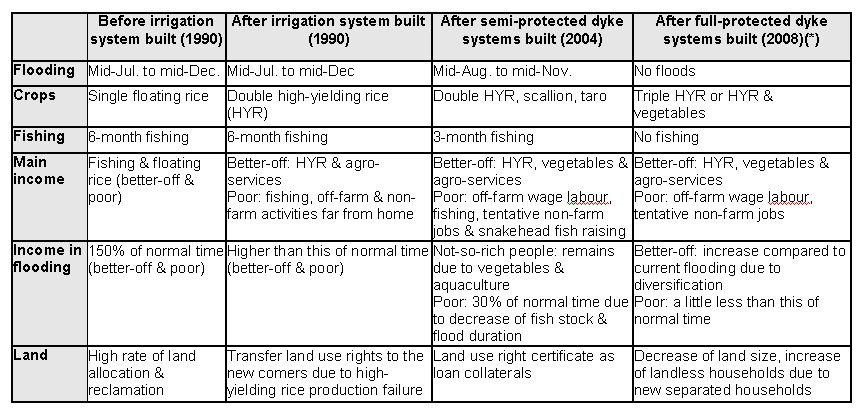
Table 1: structural changes and resulting livelihood impacts (source: Vo Van Tuan).
Based on the results of the qualitative interviews and PRA, a questionnaire was developed which will be used for a household survey in both of the case study areas, covering between 400 and 500 households. The pre-testing and adjustment of the questionnaire has been finalised in December 2008. The survey will be conducted from January 2009 onwards.
Next to the generation of primary data sets, secondary data on past flood events was analysed. This analysis plays an important role for the investigation of core causal relations between flood impact and hazard patterns. Figure 5 upper part, for example, illustrates that the extremely high death toll in Dong Thap in the flood of 2000 cannot (solely) be explained by an exceptional high flood peak (as other years show similar flood peaks but much fewer losses). The same holds true with respect to economic losses (c.f. figure 5, lower part). Hence, other aspects such as the duration and the timing of the flood seems to be of higher significance here, along with temporary differences in the coping capacities (like crop yields and, thus, overall food supply in the particular years). The precise interrelations and their valuing or importance are, however, still under research.
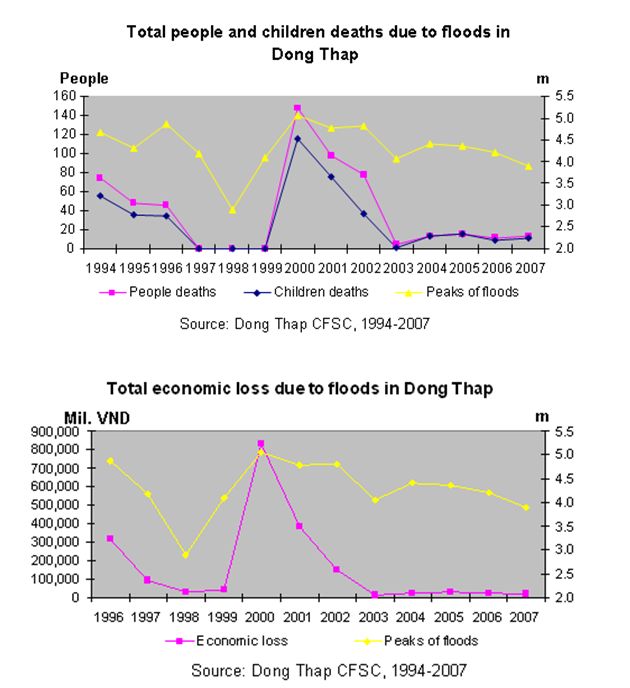
Figure 5: flood impacts in Dong Thap between 1994 and 2007 (data source: CFSC; own figure Vo Van Tuan).




